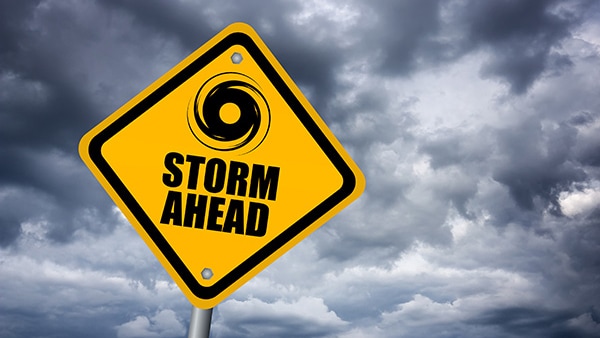At a glance
CDC activated its Emergency Operations Center (EOC) to support the responses to Hurricanes Rita and Wilma.

About the Response
Hurricane Katrina struck the coastal areas of Alabama, Florida, Louisiana, and Mississippi on August 29, 2005, causing substantial numbers of deaths among both humans and animals, infrastructure damage, and flooding.
Hurricane Rita made landfall 26 days after Hurricane Katrina near the Texas-Louisiana border, forcing cessation of hurricane-response activities in New Orleans and evacuation of coastal regions of Louisiana and Texas.
The economic and health consequences of Hurricanes Katrina and Rita extended beyond the Gulf region to affect states and communities throughout the U.S. In 2005, a total of 15 tropical storms became hurricanes, and three of these (Katrina, Rita, and Wilma) reached Category 5 (i.e., winds higher than 156 mph) on the Saffir-Simpson Hurricane Scale. At 882 mb, Hurricane Wilma became the most intense hurricane ever measured.
Hurricanes Rita (897 mb) and Katrina (902 millibars) became the fourth and sixth most intense Atlantic hurricanes on record, respectively.
As of September 7, 2005, CDC deployed responders to Louisiana, Mississippi, and Alabama in response to the devastation and disaster left in the wake of Hurricanes Rita and Wilma. CDC's Director's Emergency Operations Center (DEOC) moved from Watch and Alert Modes to Response Mode to support these teams and individuals in the affected areas. During the response, CDC worked with several federal, state, and local agencies to provide technical support for critical public health functions including public health needs assessment; disease surveillance; laboratory support; prevention and control of infectious diseases, foodborne, waterborne, and vector borne diseases; mental health services; sanitation and water quality; chemical-exposure management; and injury prevention and control.
CDC/ATSDR deployed members of the U.S. Public Health Service Commissioned Corps, CDC Epidemic Intelligence Service officers, and federal civilian personnel to provide technical support and additional personnel for critical public health functions.
These functions included public health needs assessment; disease surveillance; laboratory support; prevention and control of infectious diseases, including foodborne, waterborne, and vector-borne diseases; mental health services; sanitation and water quality; chemical-exposure management; and injury prevention and control.
